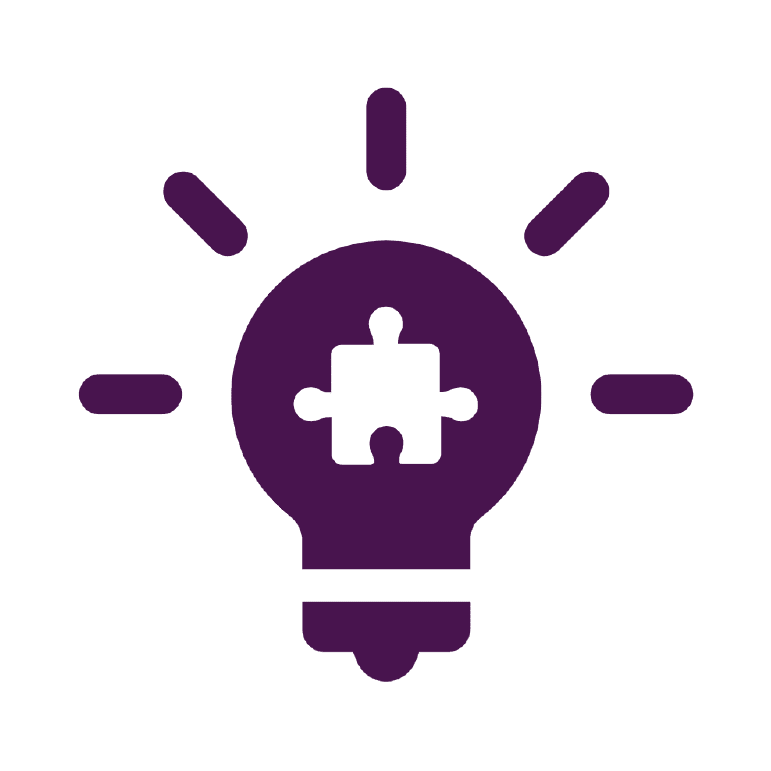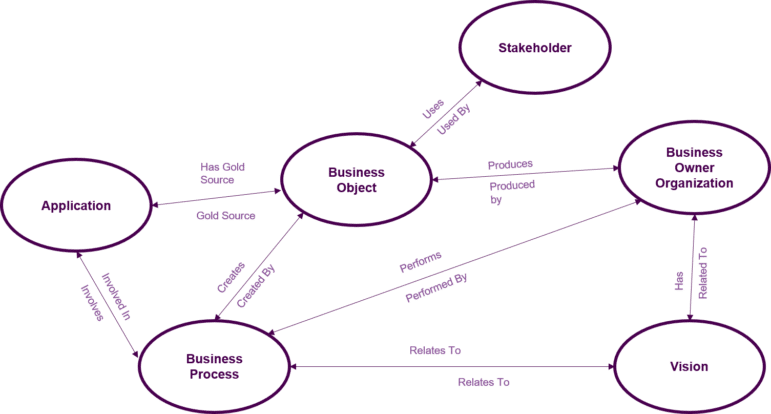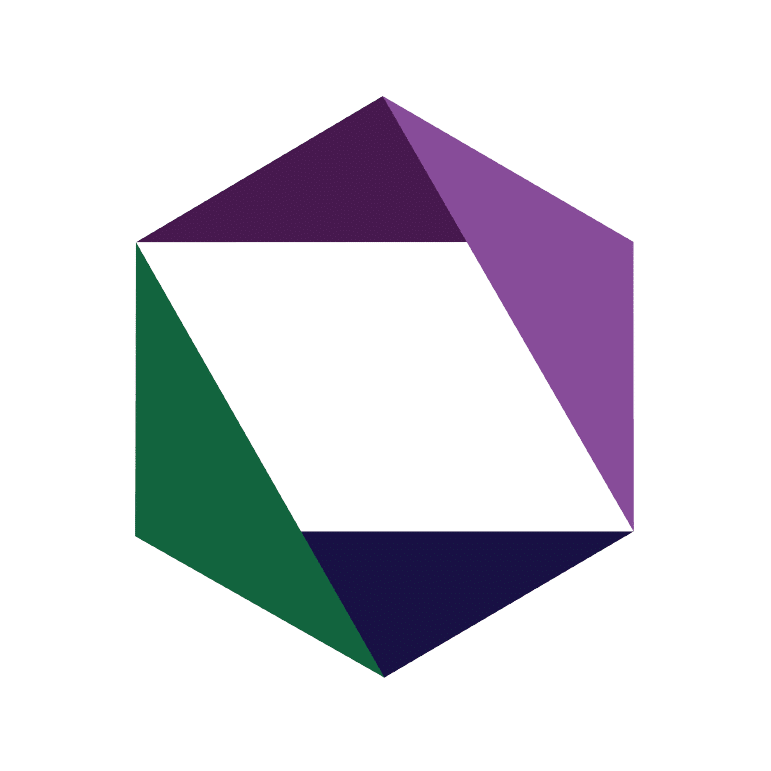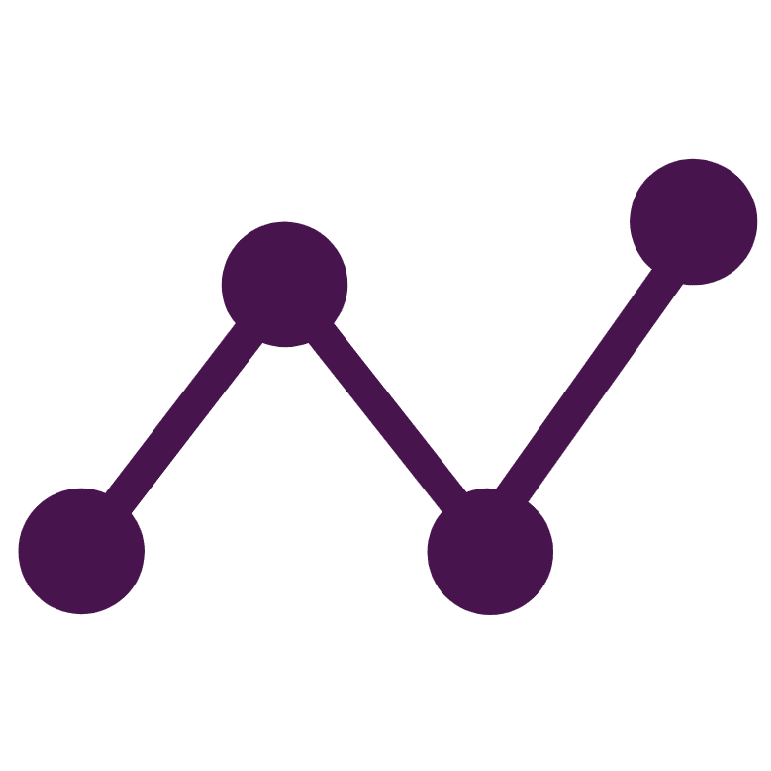
The Challenge
A federally funded engineering and research facility had a diverse set of applications and data stores with overlapping functionalities that produced identical or nearly identical information and data assets. The inability to identify overlapping functionality, information assets, and data assets resulted in a complex application portfolio with numerous applications that served redundant purposes as well as a disconnected technology environment. The agency needed a better understanding of the redundancy in the existing application portfolio and which applications were ready to be retired. It also needed a better understanding of how the current applications in their overall portfolio aligned with the broader strategic technological direction of the enterprise.

The Solution
Enterprise Knowledge (EK) worked with the agency to define a Semantic Enterprise Architecture strategy that provided a big picture view of the constraints and limitations imposed by duplicate application functionalities, data assets, and information assets. The development of the agency’s enterprise architecture strategy consisted of working with the agency’s numerous directorates to define the current state architecture and assess existing applications against a maturity matrix. The current state definition of architecture consisted of defining relationships between applications, data assets, information assets, business processes, and organizational roles. By defining the current state architecture, the agency had a clear understanding of the applications that existed across the enterprise and their purpose. This maturity assessment provided the agency with clear opportunities for improvement to help determine applications with overlapping purposes and modernize applications with functionalities that did not align with the agency’s strategic goals.


The EK Difference
Using a hybrid analysis approach, consisting of a combination of user-driven research (facilitated workshops, focus groups, and interviews) and technology-driven research (in-depth analysis of the existing technology), EK captured the current Enterprise Architecture using our Semantic Enterprise Architecture metamodel inspired by The Open Group Architecture Framework (TOGAF). In addition to the EA maturity assessment matrix, EK captured the architecture using a knowledge graph repository. Such a knowledge graph driven approach to Enterprise Architecture allowed us to iteratively capture relationships between the application layer, business layer, information layer, and technology layer. Using these approaches, EK was able to capture critical information about systems and application functionality within the agency’s application portfolio and enterprise infrastructure including:
- Data usage and storage;
- Security; and
- Integration.
The maturity matrix provided valuable information on the relevance of existing applications.

The Results
Leveraging EK’s Semantic Enterprise Architecture approach in combination with the maturity matrix, the agency has clear architectural descriptions of applications, information assets, data assets, business processes, and organizational roles cleanly organized in a flexible graph database. This allowed for better short-term and long-term strategic decision making around data, security, integration, new design requirements, sustainability, and future support. Further, the agency now has clear visibility of applications across the organization that need to be updated or retired. This visibility, combined with the current state architecture and the maturity assessment, allows the agency to see not only when an application needs to be updated or retired, but also how it is addressing business problems and who in the organization is impacted by the retirement of applications.
